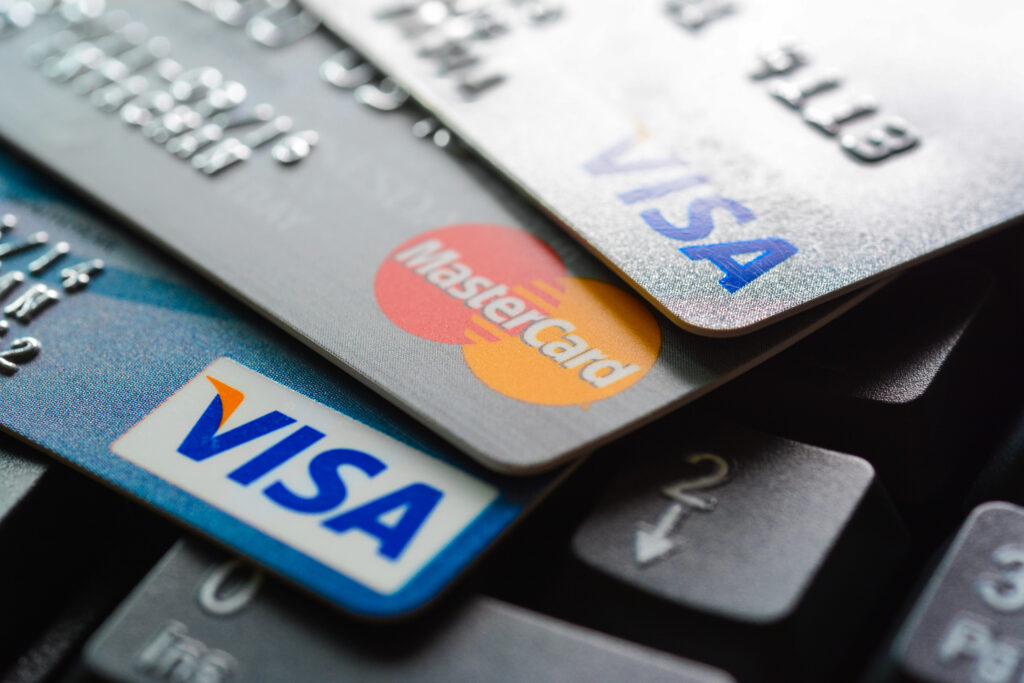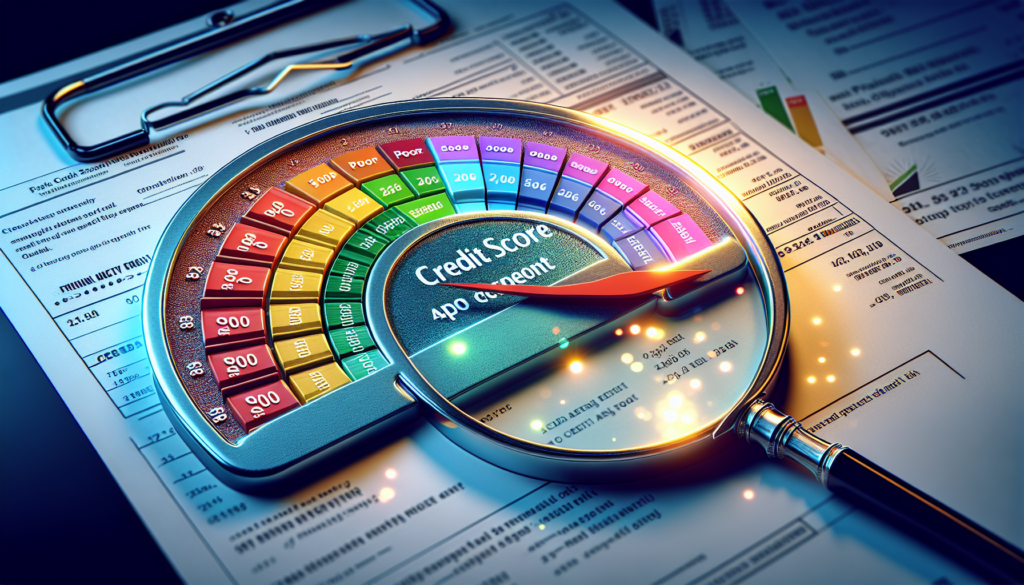Carrying $20,000 in credit card debt can be overwhelming for many individuals. Here’s an in-depth look at why this level of debt can be too much to handle and the steps you can take to address it.
Financial Strain
High-Interest Rates: Credit cards often come with high-interest rates, typically ranging from 15% to 25%. This means that a significant portion of your monthly payment goes towards interest rather than reducing the principal balance. For example, with a 20% interest rate, the monthly interest on $20,000 is approximately $333.
Minimum Payments: If you only make the minimum payment each month (usually around 2% to 3% of the balance), it can take decades to pay off the debt. For instance, if the minimum payment is 2% of the balance ($400 initially), most of this amount will go towards interest rather than reducing the principal.
Example Calculation:
- Debt Amount: $20,000
- Interest Rate: 20%
- Minimum Payment: 2% of the balance or $400 initially
- Interest Paid First Month: $333
- Principal Paid First Month: $67 ($400 – $333)
- Remaining Balance After First Month: $19,933
This pattern continues, with a large portion of each payment going towards interest, significantly slowing down the repayment process.
Impact on Credit Score
High Credit Utilization: High balances relative to your credit limit can negatively impact your credit score. Credit utilization, the ratio of your credit card balances to your credit limits, is a significant factor in your credit score. Keeping your utilization below 30% is generally recommended, but $20,000 in debt likely exceeds this threshold for most individuals.
Credit Score Effects: A lower credit score can affect your ability to obtain new credit, rent an apartment, or even secure employment in some cases. Higher interest rates on new loans or credit products can further strain your financial situation.
Emotional and Psychological Stress
Constant Worry: The stress of managing large debts can affect your mental health, leading to anxiety and depression. The constant worry about making payments and avoiding default can be overwhelming.
Quality of Life: Financial stress can impact your overall quality of life, affecting relationships and limiting your ability to enjoy leisure activities.

Steps to Address Credit Card Debt
- Budgeting: Create a detailed budget to track your income and expenses. Identify areas where you can cut back and allocate more money towards debt repayment.
- Debt Repayment Methods:
- Debt Snowball: Focus on paying off the smallest debts first to gain momentum.
- Debt Avalanche: Focus on paying off debts with the highest interest rates first to save on interest.
- Balance Transfers: Consider transferring high-interest debt to a card with a lower interest rate or a 0% introductory APR. Be aware of balance transfer fees.
- Debt Consolidation Loans: Take out a personal loan with a lower interest rate to pay off high-interest credit card debt. This can simplify your payments and potentially lower your interest rate.
- Credit Counseling: Work with a non-profit credit counseling agency to create a debt management plan and negotiate lower interest rates with creditors.
- Increase Income: Look for ways to increase your income, such as taking on a side job, freelancing, or selling unused items.
- Professional Help: In extreme cases, consider consulting a financial advisor or exploring debt settlement or bankruptcy options, keeping in mind the potential long-term effects on your credit.
Managing $20,000 in credit card debt is challenging but not insurmountable. By understanding the implications of high-interest rates and taking proactive steps to increase payments and explore debt reduction strategies, you can significantly reduce the time and cost required to pay off your debt. Taking control of your financial situation can lead to greater financial stability and peace of mind.


Get a Free Bankruptcy Case Evaluation